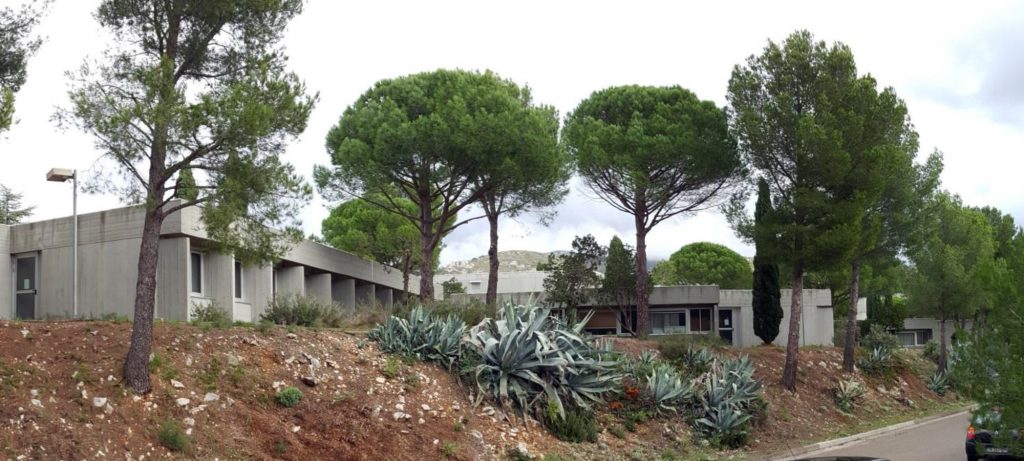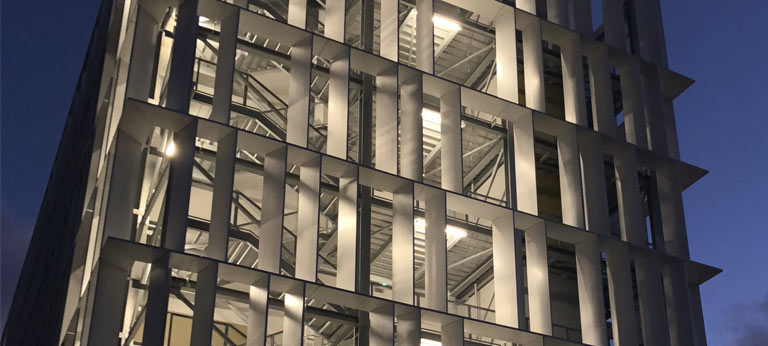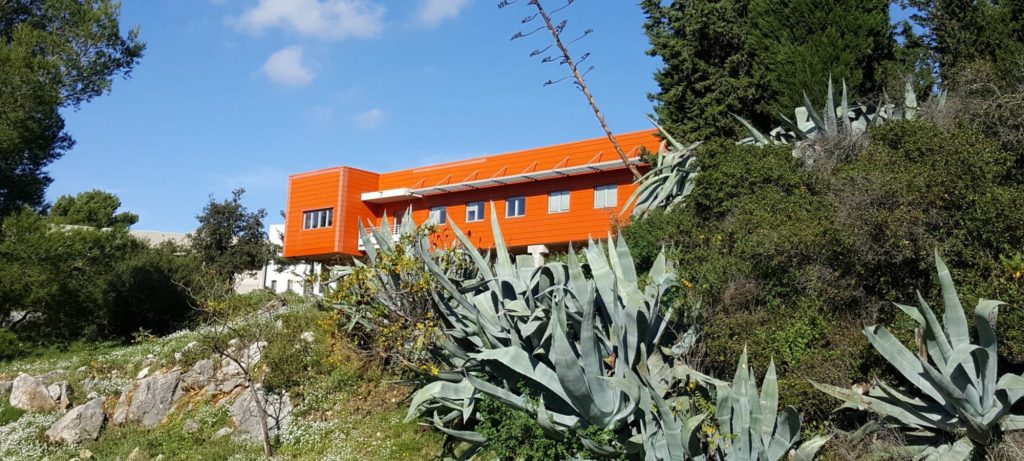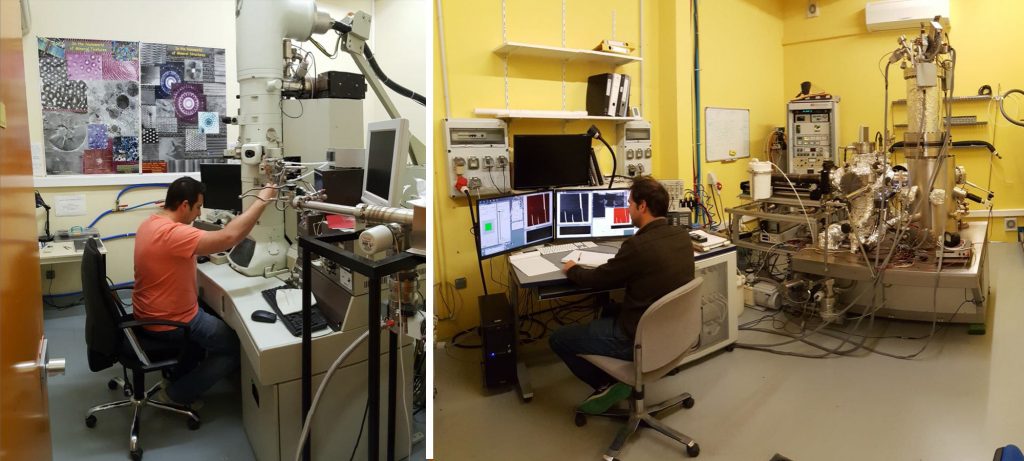The message from the director
The creation of the Marseille Interdisciplinary Nanoscience Center (CINaM) in 2008 was based on the conviction that a strong synergy was needed between physicists and chemists to conduct high-level research in nanoscience, particularly in the field of nanomaterials (molecules, aggregates, nanoparticles, thin films, nano-objects, etc.) and the study of their properties at different scales.
At the start of a new five-year contract (2024), many of CINaM's activities still relate to the synthesis, characterization and study of the properties of nanomaterials, but much of the work now concerns the assembly and organization of nano-objects (synthetic, natural or from the life sciences), which can lead to collective phenomena. In addition, physics and chemistry activities at the frontiers of life sciences and health have expanded considerably, enabling our center to develop nanomedicine activities with a team accredited by the Ligue contre le cancer (League against Cancer) and a research team accredited by INSERM (ERL 1326).
CINaM's scientific policy is based on an approach of science involved in society. This means that our fundamental physics and chemistry activities are attuned to societal problems, with our interdisciplinary approach enabling us to collectively tackle complex problems linked to major societal issues relating to the energy transition (energy storage and conversion, materials for low-energy consumption, etc.), the electronics of the future (two-dimensional materials, spintronics, ferroics, etc.), health (two-dimensional materials, spintronics, ferroelectronics, etc.) and the environment. ), the electronics of the future (two-dimensional materials, spintronics, ferroics, etc.), healthcare (nanomedicines, vectorization, theranostics, etc.), the environment (sensors, natural materials, etc.) and life engineering (dynamics of living systems, biological objects, etc.).
The CINaM operates through five scientific departments (NM, IMMF, SSP, TSN, PIV) covering both experimental activities (thanks to a range of high-level instruments) and theoretical activities (benefiting from a wide range of modelling and simulation methods). The center also benefits from a number of support services and/or technical platforms (including the PLANETE nanofabrication center). Major equipment projects under the current CPER/FEDER program will enable us to increase our capacity to study the spectroscopic (electronic and chemical) properties of materials (PRISM project).
Last but not least, we are increasingly open to the socio-economic world, with the recent creation (2023) of a joint IOPV (Indoor Organic PhotoVoltaics LABoratory) laboratory with Dracula technologies and the ongoing creation of three start-ups.
CINaM has around 180 staff (researchers, teacher-researchers, engineers, technicians, administrative staff, doctoral students and students).
The supervisory bodies of the laboratory are Aix Marseille University (AMU) and the CNRS (main branch INP, secondary attachment INC).





